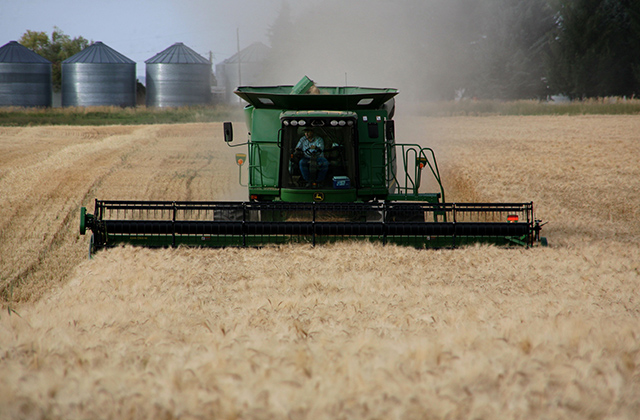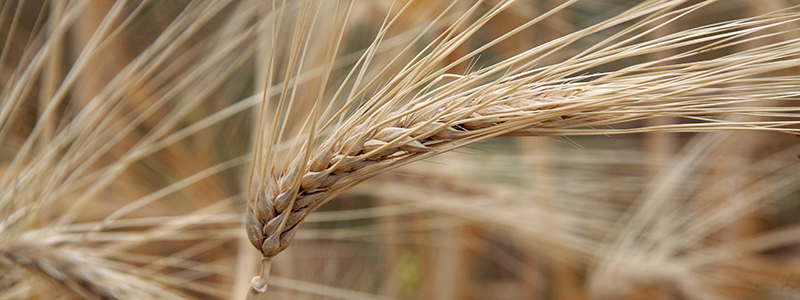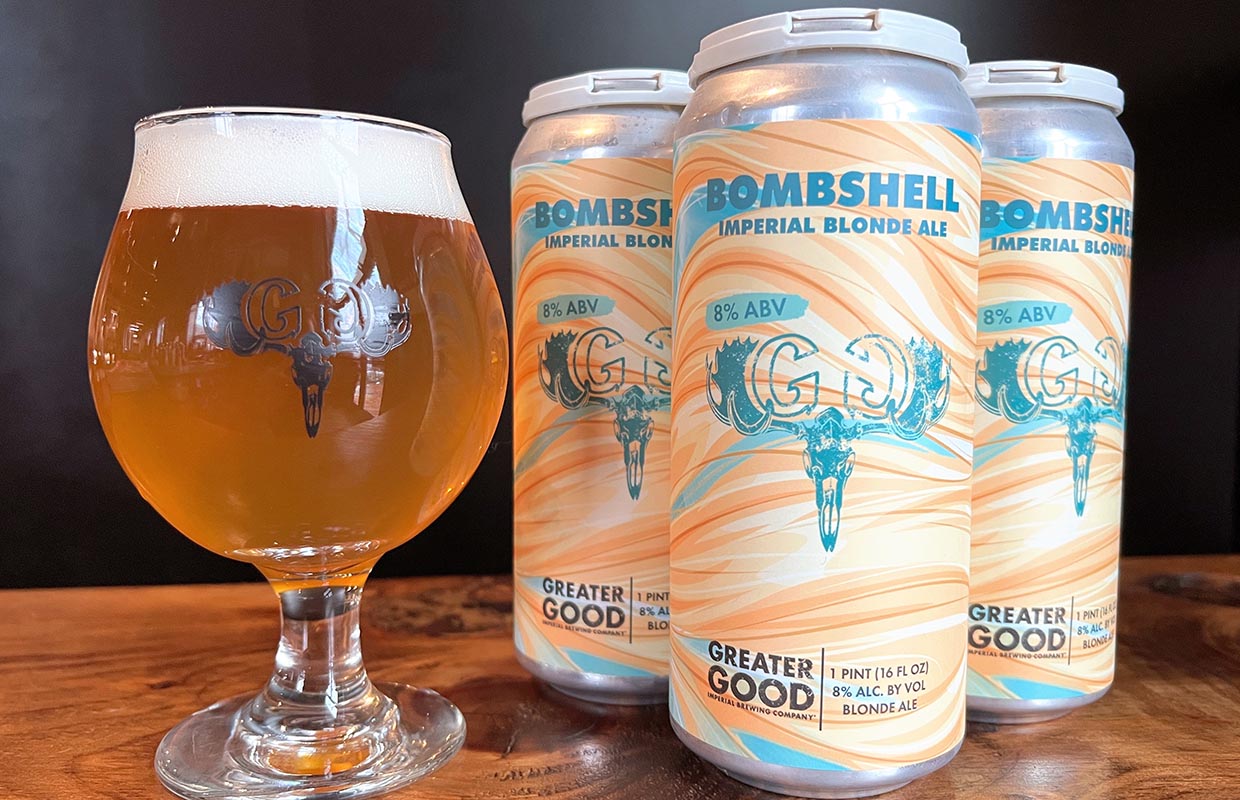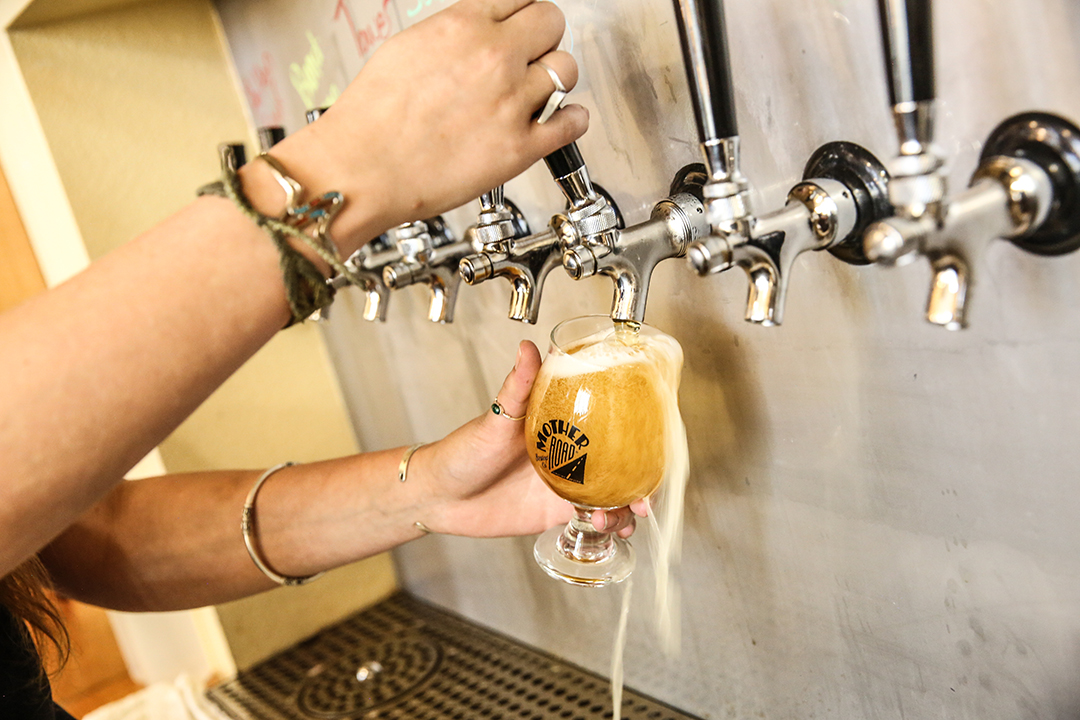
Congrats craft brewers, we have survived the “malt bubble.” OK, there never really was such a thing, but as little as two to three years ago when brewery growth was gaining by leaps and bounds there were rumblings of a time where the amount of malt available in the U.S. wouldn’t suffice the demand by the sheer number of breweries.
But, as craft beer growth has gone stagnant nationally, big beer has gone down as well and the number of smaller breweries have continued to rise along with more barely fields, tappering those anxious feelings.
“Craft overall is still growing, but if you open up the book a little bit you’ll see where you fit in the industry as a regional producer or a national brand or more localized,” said Left Hand Brewing’s Vice President of Operations, Joe Schiraldi. “I think there are some changes afoot on how things are growing.”
So while big beer — which uses less malt on average per barrel — declines and smaller breweries come online that don’t match what is being lost on the other end, the market is fairly stable.
Not to say that any of what happens in craft beer affects much of how pricing is determined for barley. That comes from many other factors, starting with the price of wheat and corn, followed by the weather in each season for each part of the growing and harvesting, along with futures of the next crop as well.
Great Western Malting Commercial Director Brad Loucks agreed that two to three years ago there may have been a perception there was a bubble coming, but today it looks like beer demand and malt usage is stable.
“We still have winners and losers, the big guys are dropping and the little guys gaining, but I think three to four years ago there was some perception that in a point in time malt production would be short of demand, but I think it’s pretty stable,” he said, mentioning the addition of 120,000 tons of more capacity will be added for his company when a new facility in Pocatello, Idaho goes online summer 2016.
“I think in the U.S., I see the industry is doing the things that need to be done,” Loucks said. “I see it being manageable in the supply/demand relationship.”
In fact, Coronado Brewing Brewmaster Ryan Brooks said that, for him, malting companies have actually been competing to do business with the California brewery.

Brooks noted that contracting for his brewery is important in sustaining the price of base malts like pale and two-row.
“I’m still a believer in contracting,” Schiraldi added. “It communicates to the producers and adds some stability to the market for farmers have some sort of a favorable expectation that they will be able to sell that barely that keeps them profitable.
“It’s a complex set of input into what produces a final barley price. The price next year is already to an extent being determined without even a crop being in the ground.”
Although Left Hand and Coronado don’t contract on specialty malts, Brooks said that he’s had no trouble finding grains across the globe to use. Schiraldi said that Left Hand does inform vendors what it projects for the coming year in styles and usage to help communicate as to what demand from the Colorado brewery may be.
Although keeping an eye on pricing and locking in contracts can be a full-time job, something that many smaller breweries just can’t devote the time or resources to, Schiraldi said that relying on a supplier or trade organizations for information can be very helpful.
“I think it’s certainly important to be paying attention to those things and our goal is to always be stable over time with a possible downward trend,” he said of contract pricing. “Compared over 20 years it’s been up, but in the short term you look for pricing in the last three to five years and what have I been able to do to that?”
With smaller malting houses coming online as well, finding specialty grains in a brewery’s own backyard is possible.
“I believe smaller craft maltsters are great for adding a twist on some of our one-off beers,” Brooks said. “It can help bring out experimentation and new malting techniques. They can also be the next big malting company in the market.”
Schiraldi said it’s a cool opportunity for the way craft beer aligns with the farm-to-table and local ingredients concept.
“In terms of what we can do, we can make specialty beers with a locally grown Colorado malt, but switching over to using malts across the board, at that level there would be a capacity issues,” he said. “But it’s a neat trend.”






Be the first to comment